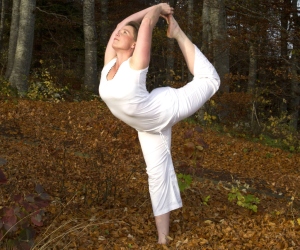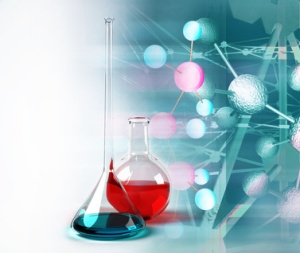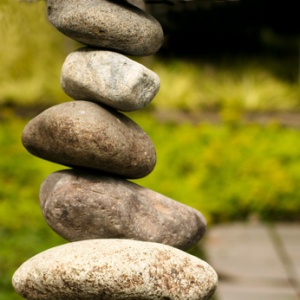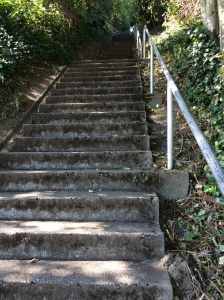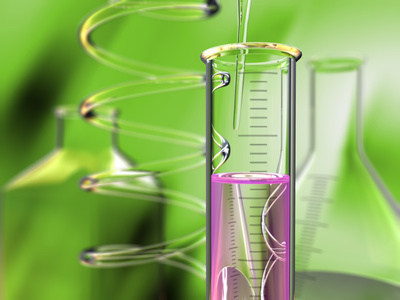What do I know about the struggle to lose weight? Not much and I don’t pretend to. That is a genetic “crap shoot” that I came out on the lucky side of.
What I DO know is that pain does not happen to overweight people alone.
The other thing I know and hear about more often than I should, is how doctors of all specialties commonly and unabashedly display extreme prejudice against people who are overweight. Numerous patients of mine tell me similar stories about reaching out for help with their pain and being met with a host of physician encounters that leave them feeling judged and ashamed. So many doctors are quick to blame the weight and slow to investigate past the fat.
Anyone in this day and age knows about the correlation between obesity and disease and mortality. I’ll go out on a limb here and suggest that the majority of overweight patients know that it’s not ideal to be on the heavy side. The last thing they need to hear is that everything wrong with them is because of their weight. First of all, that’s just not always true and more importantly, blaming their weight is certainly not something they need a doctor’s help doing.
When has fat-shaming ever helped anyone make positive lasting change? Being judged by careless strangers is one thing but by your own healthcare provider is quite another and shouldn’t be allowed.
If someone has been steadily on the heavy side for the majority of their lifetime and there hasn’t been a sudden recent change in weight, then the skeleton – while perhaps stressed in ways that lighter people aren’t – has had years to adapt. Our bodies are pretty amazing that way and given years to slowly get used to something, we just do. The likelihood that suddenly the weight is the main problem is unlikely for this sort of scenario.
I see plenty of lean and “fit” looking people who just wake up one day in pain and have no idea why. We don’t say to those people: “Well it’s obviously because you’re too skinny. Come back and see me when you’ve gained some weight.”
Here’s another problematic drawing of parallels that seems to happen quite a bit…
Any sized woman who experiences a 9 month gain of pregnancy weight should never be compared with someone who is chronically overweight. It is completely different. Not only do most overweight people not gain that quickly but they also aren’t experiencing the unique destabilizing and mechanically disorienting effects of massive hormonal and blood volume changes.
If weight is legitimately suspected as the cause for pain, then the last thing you should do as a doc is dismiss the patient with a sweeping prescription for exercise and calorie restriction when the more likely chronic weight-related risk is cardiovascular. If anything, this person needs to have a heart health check first.
When a patient feels alienated from their physician due to the shame over their weight, it creates a dangerous barrier to receiving true healthcare solutions.
I hear first-hand from patients that they will simply not return for care when they feel unfairly judged and dismissed and this can be more dangerous than the weight itself.
We do need to be clear with our patients about the facts:
But facts can be shared without judgment and blame. Higher body fat percentage is a real health risk. Abdominal fat is the worst. It predisposes us to higher levels of chronic inflammation which can manifest in many ways – not just through pain. Evidence shows that it’s inflammation that is the huge risk factor and linked with a host of diseases.
Doctors and patients alike need to be aware of the cold hard fact that body fat percentage can be dangerously high in underweight, average weight and overweight people. This is why everyone of absolutely any size, needs to avoid being sedentary, eliminate inflammatory foods and care for their stress levels and stress coping – all of which have been shown to play a role with inflammation which is the ultimate killer.
It’s never just the weight alone.
When there is pain, the pain chemistry needs to be addressed first and foremost. Yes, fat cells contribute to inflammation which can stack the deck against us and cause pain, but every person’s situation is unique. Look at the mechanics. Consider individual body chemistry. Inquire about psycho-social factors. These are the inroads to better, more compassionate self-care which is where weight loss can begin if indeed that is appropriate for that patient.
We are emotional creatures first. The physical body is a reflection of who we are. All bodies need to be greeted with kindness and respect first before change can be made.
image credit: By Peter Paul Rubens – The Prado in Google Earth: Home – 7th level of zoom, JPEG compression quality: Photoshop 10., Public Domain, https://commons.wikimedia.org/w/index.php?curid=22620913





